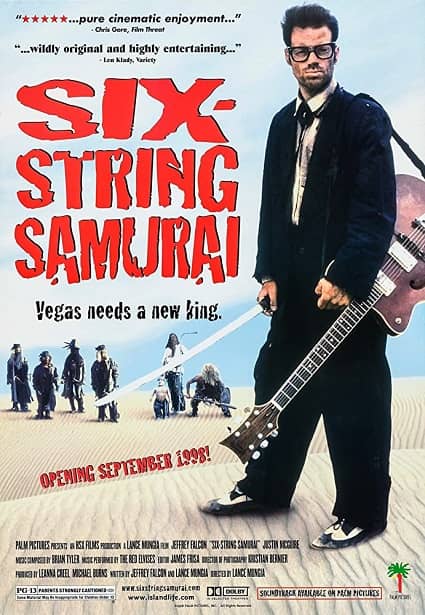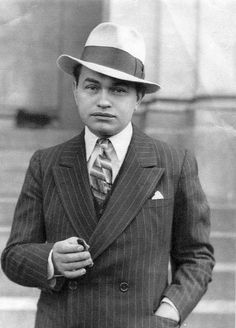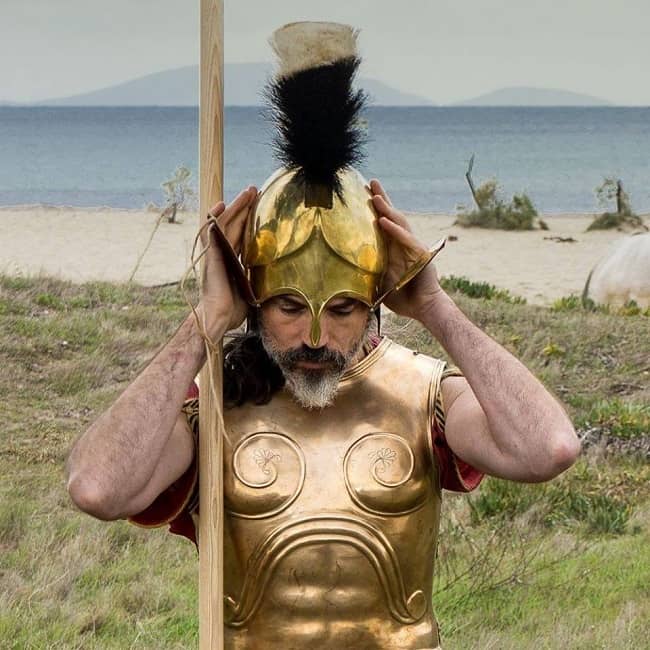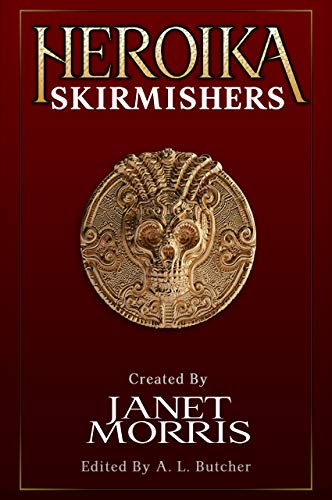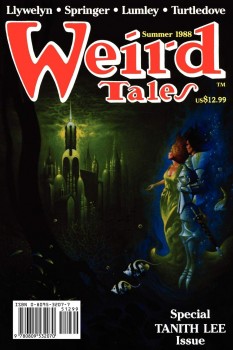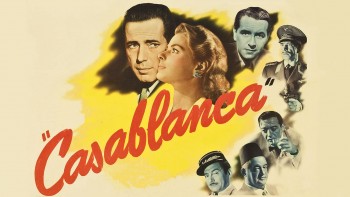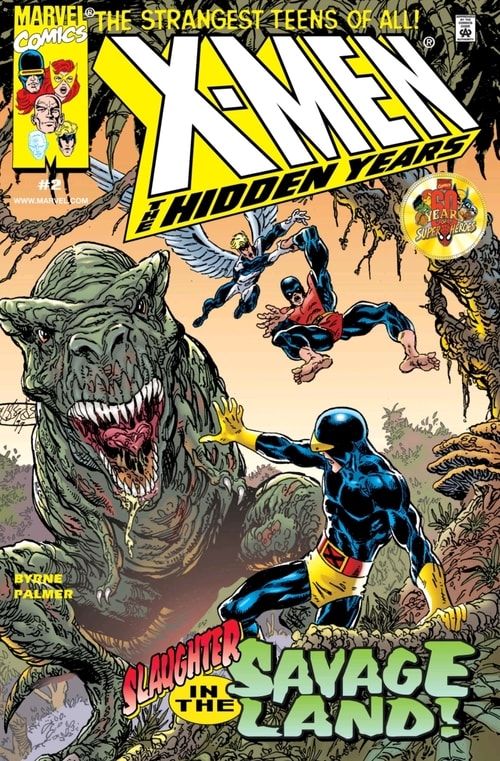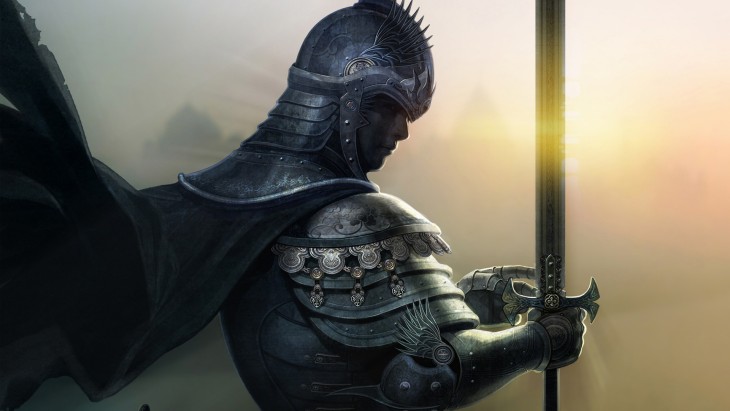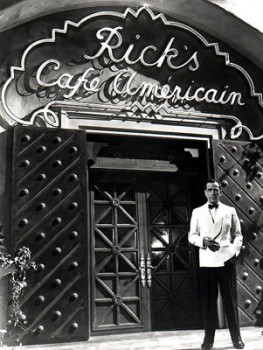Son of 19 Movies: The Good, the Bad, and the Weird Edition
Six-String Samurai (Palm Pictures, 1998)
Check out Nineteen 1950’s SF Movies To Help Get You Through the Next Few Weeks, posted at Black Gate in April.
A mix of genres this time around, not all sf/fan. The thing these films all have in common is that they’re weird. Off the beaten track. Cock-eyed and sideways. The “weird factor” is rather unmeasurable by scientific means, but then what isn’t when you’re dealing with the arts? You’ll note that all these films have a dual rating, 10+ to 1, best to worst. Since this list (by any measure) does include some bad movies, the first number refers to entertainment value rather than quality, since some (I stress, some) bad movies can be very entertaining. The second number refers to weirdness factor, my best effort at evaluating this vague, but important component. YMMV.
19. Six-String Samurai (1998: 8/8) A good example of Indie film-making which spoofs Mad Max movies, after the apocalypse films in general, Lone Wolf and Cub, and The Wizard of Oz. Decent martial arts action set on a bizarre alternate world where Russia attacked the U.S. in 1957 and wiped out every city except Vegas, where Elvis had ruled for forty years as king. Well, Vegas needs a new king, baby.
